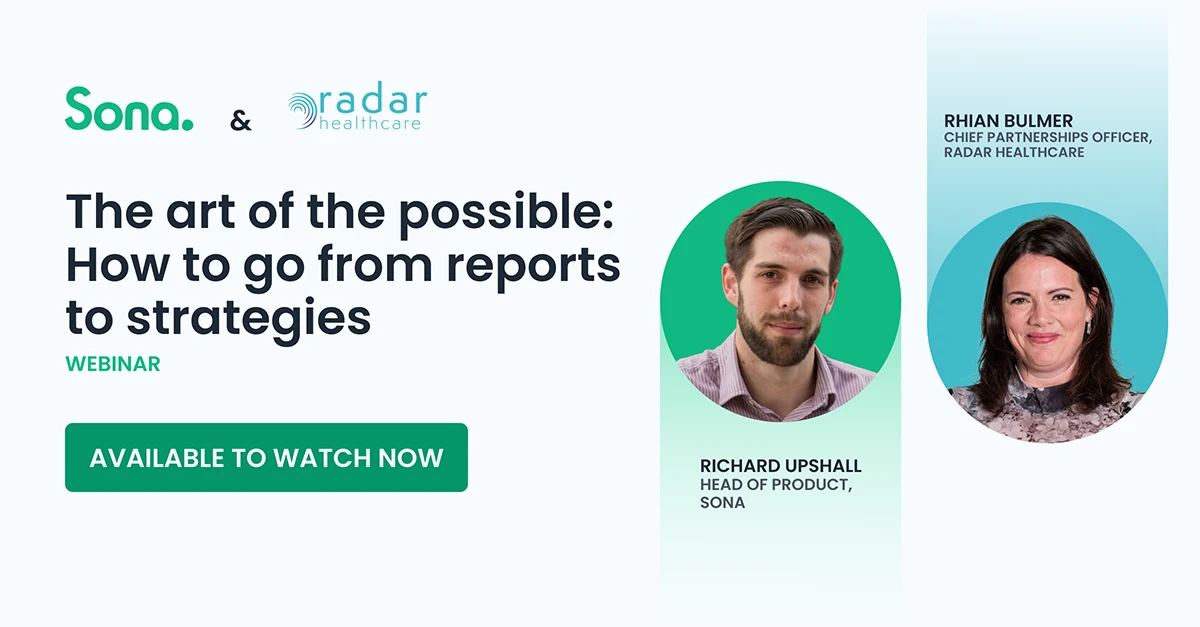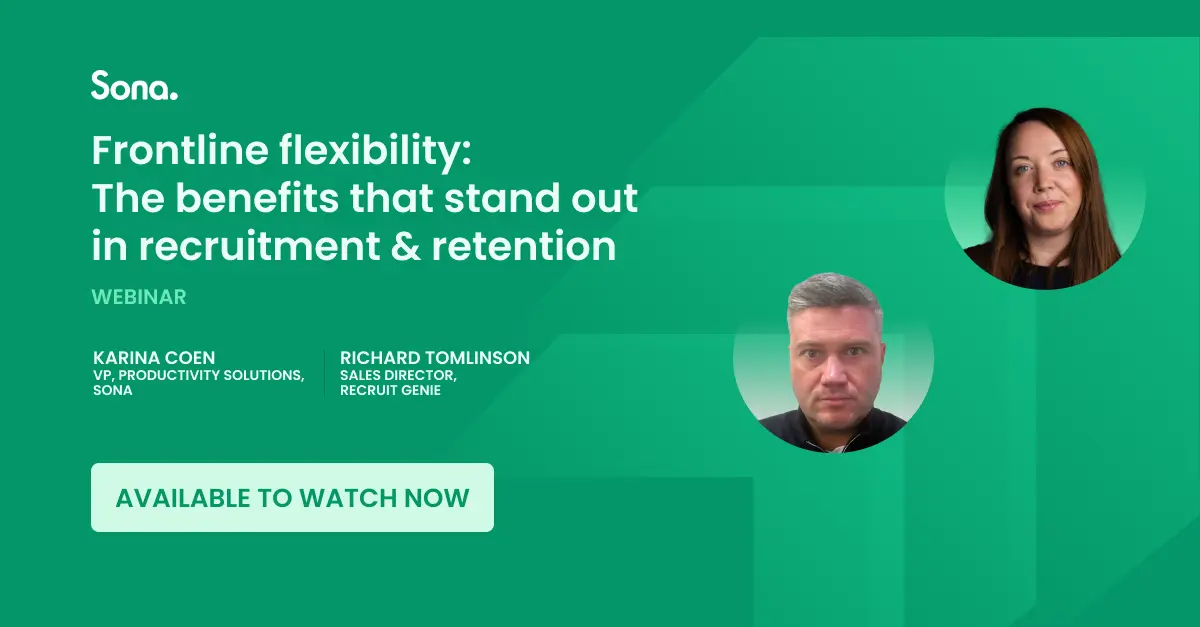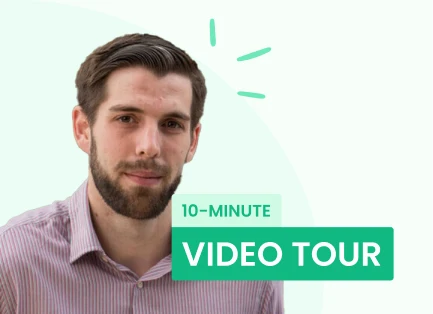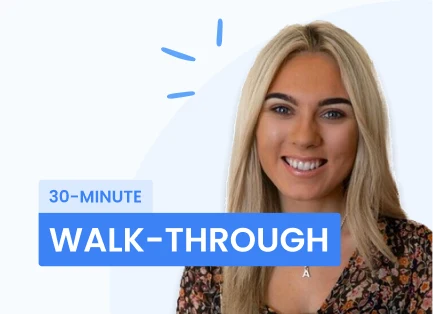A defining moment for Hospitality

(left to right) Paul Watson, VP of Hospitality at Sona; Steve Rockey, HR leader; Samantha Hamilton-Green, People and Brand Director at Dakota Hotels; Ben Dixon, CTO and Co-Founder of Sona
The Hospitality sector stands at a crossroads. Mounting labour costs, shifting guest expectations and upcoming UK workforce legislation in April are forcing hotel operators to rethink efficiency.
AI is emerging as a solution but its true potential lies not in replacing workers but in augmenting their capabilities, streamlining operations and personalising guest experiences.
The Unlocking Productivity with People and AI event dissected these challenges and opportunities, cutting through the noise of AI hype to provide real-world applications for hotel HR leaders.
AI today – what are we talking about?
The term AI has been around for decades, first used by Alan Turing in the 1950s, but its meaning has shifted dramatically in recent years.
AI was once synonymous with machine learning, essentially an advanced form of pattern recognition which takes historical data and predicts future outcomes.
“If you’ve got a revenue forecasting system or a room booking forecasting system, it’s probably machine learning,” explains Sona’s Ben Dixon. “It’s like a really advanced spreadsheet.”
This type of AI has been integral to workforce planning and forecasting but has remained largely unchanged for the last decade.
What’s new is Agentic AI, also called AI agents, which only became viable in the last couple of years. Unlike machine learning, which is based on historical data, agentic AI is designed to reason and make decisions like a human. “You can give them an objective, explain to them in plain English what matters, and they can then take loads and loads of information and behave kind of like a human,” says Ben.
In Hotels this means AI can not only predict revenue patterns but also adjust to real-world changes, like the difference between business, conference and personal travel affecting restaurant demand. Traditional machine learning can tell you December revenue based on past data but it won’t notice when something is fundamentally different. A great ops manager would spot the shift and adjust. Agentic AI can now do the same.
This new form of AI isn’t just about analysing data but about actively making decisions. “Rather than trying to plot out numbers, it’s about saying this is the best way to get to an outcome,” Ben explains. Until 2024 AI capable of this kind of reasoning was more science fiction than reality. But by the end of 2024 the models had evolved from what Ben describes as “really smart pre-schoolers” to something closer to graduate-level reasoning. This shift has made AI-driven decision-making not only possible but practical for real-world deployment.
One of the most striking observations is how naturally people interact with these systems. “How many people say ‘please’ and ‘thank you’ when they talk to ChatGPT?” Dixon asks. “That’s funny when it’s just chatting but the same thing that makes us feel the need to be polite to them is what makes them incredibly good at reasoning like humans do.” This human-like reasoning capability is what sets agentic AI apart.
Core themes: what Hotel and Hospitality HR leaders needs to know
1. Technology’s proven impact on efficiency and productivity
The role of technology in improving efficiency and productivity is already clear in many businesses. Both Dakota Hotel’s Samantha Hamilton Green and HR leader Steve Rockey have seen first-hand how digital tools can streamline processes and enhance employee wellbeing, ultimately benefiting both staff and the business.
Samantha recalls a pivotal moment nearly a decade ago when her team introduced an Applicant Tracking System (ATS). Before that hiring for a new hotel in Glasgow meant drowning in email applications from multiple sources – Indeed, job centres and various recruitment platforms – with no structured way to manage them.
“That was probably the biggest change within HR for me at the time,” she says. The ATS transformed recruitment by reducing administrative workload and bringing order to a chaotic process. While AI was not yet involved this was a clear example of how technology could remove friction and free up time for higher-value work.
For Steve a more recent example came through Unum’s Help at Hand app, which provides quick and easy access to virtual GP appointments. Encouraging employees to use the app had a measurable impact on absenteeism. “We managed to get 42% of the business up and running on it, which I’m told was quite good,” he shares. The results? A reduction of 1,200 lost workdays – 300 fewer than the previous year. The reason was simple: employees could speak to a GP at a time that suited them, whether during a lunch break or on their commute, rather than waiting weeks for an appointment. “It’s simple stuff like that that makes life easier,” Steve notes. “And you can automatically see the business benefit – 300 more days of productivity coming through."
Key takeaway: Technology has already proven its ability to drive efficiency, whether by streamlining hiring processes or improving employee access to healthcare. Investing in the right tools doesn’t just reduce admin but creates measurable gains in productivity. AI may be the next step but the foundations for smarter, more efficient work are already in place.
2. AI as a superpower, not a replacement
This take on AI was liked by attendees – a few mentioned it as a great soundbite to help them sell AI-based tools into the business.
There was broad agreement that AI in hotels should enhance human capabilities rather than replace jobs. The industry thrives on personal service and the most effective AI applications will be those that empower employees rather than automating guest-facing roles.
One of the biggest misconceptions about AI is that it is going to replace people, said Ben Dixon: “We’ve had conversations with hotel operators voicing their concerns that AI is going to take away their amazing experiences. But that isn’t where change will be. Hospitality and hotels in particular are about people. AI is about giving people more leverage, providing tools that allow them to do more.”
Key takeaway: Rather than reducing headcount AI should be seen as augmenting decision-making, optimising scheduling and freeing up staff for higher-value interactions.
3. ROI and the business case for investment: trading your way out of trouble
Sona’s Paul Watson highlights how COVID-19 acted as a catalyst for HR teams to gain more influence, shifting them from a back-office function to a core driver of business strategy. Now, with access to better systems, HR leaders can demonstrate real, measurable returns.
For example, AI-powered ATS can speed up hiring processes, reducing admin costs and filtering applications more efficiently.
“For a mid-sized hospitality business in the UK you could expect to see about a £30,000 reduction in recruitment spend annually,” Paul explains. AI can even remove one or two rounds of candidate screening, ensuring HR teams focus only on the best-fit applicants.
Workforce management is another key area. Smart scheduling and AI-driven workforce analytics can optimise shift patterns, reduce overtime costs and improve staff retention.
We’re talking about a £75,000 saving in workforce management and scheduling alone,” Paul notes, with another £25,000 to £35,000 saved by cutting unnecessary overtime and ensuring the right staff are in place at the right time. "If you can see who’s going above and beyond, who has leadership potential, and act on that insight, you’re looking at savings of another £50,000 to £55,000 in recruitment and retention costs.
Key takeaway: When HR has access to real-time workforce data businesses can act faster, reduce inefficiencies and cut unnecessary costs. Across recruitment, scheduling and retention the savings add up – £175,000 per year in a typical mid-sized hospitality business. Investing in AI technology is a strategy for trading your way out of trouble by making smarter, data-driven decisions that benefit both people and profits.
4. Data as the foundation: AI is only as good as the inputs
The data issue was highlighted in the event and also in discussions with me during the networking afterwards so I think this is an area that can be developed by Sona.
AI success depends on data quality. Poorly structured, siloed or inaccessible workforce data significantly limits AI’s effectiveness. This is a crucial yet often overlooked challenge: many businesses don’t actually own or control their workforce data in a way that allows them to leverage AI effectively. Without a clean, structured and centralised data approach AI initiatives will struggle to deliver meaningful results.
Question from audience: AI is only as good as the data it works with. How should businesses prepare their data for AI-driven insights?
Ben Dixon: Start by mapping out your key systems: where your business data sits, who owns it and how it connects. Over the last decade businesses have layered in more systems, from bookings to kitchen management, creating a vast but often unstructured data landscape. Knowing what data you have and where it lives is crucial.
Question from audience: Does that mean hiring a dedicated data analyst?
Ben Dixon: If you have one you're ahead of the game. But even without a dedicated analyst, simply identifying your five or six main systems, the data they hold and how to access it is a huge step forward. A centralised data warehouse that links everything together is ideal.
Question from audience: Should businesses assign a data champion?
Ben Dixon: Absolutely. The best conversations happen when a business knows exactly where its data is and who to talk to for access. Often companies spend more time just locating their data than using it effectively. For example, if you need to know an employee’s salary, is that data in the payroll system or another source? Getting this clarity early on lays the groundwork for AI-driven success.
Key takeaway: For businesses looking to embrace AI the first step isn’t adopting a new AI tool but getting their data infrastructure in order.
5. The hidden cost of AI integration: does your tech stack support it?
A recurring operational concern was AI’s ability to integrate with existing tech stacks. Many hotel systems, particularly legacy HR and scheduling platforms, lack the open API structures required for seamless AI implementation.
As one audience member asked: “Most of us already have multiple systems. How does AI integrate or does it replace everything?”
The answer, says Ben, is that AI needs to “play nicely” with existing tools: “Any good workforce management system should be able to integrate with stock management or revenue management in the case of hotels,” he explains. However, where you draw the boundaries matters… HR, scheduling and payroll, for instance, are notoriously difficult to integrate if sourced from different vendors. Ideally, these should be part of the same system, while external tools for finance or operations should integrate smoothly.
One problem is that vendors still charge for integrations, making it costly and complex for businesses to connect their essential systems. The expectation should now be that HR tech providers offer open APIs – interfaces that allow seamless data exchange at no extra cost. “This has gone from something that was helpful five years ago to something essential today,” Ben says.
Key takeaway: For HR AI tech to truly add value it must be open, flexible and seamlessly integrated. Vendors should no longer charge for essential integrations, and businesses should demand free access to open APIs.
6. Lessons on how to implement for success
Rolling out a new HR system is often met with scepticism, especially when employees have been through multiple implementations before and have “tech fatigue”.
Both Steve Rockey and Samantha Hamilton Green have experienced this challenge first-hand, learning that successful adoption is about belief, buy-in and making a clear business case.
Steve recalls introducing Sona as his company’s third HRIS, a situation that naturally led to scepticism. “People are really bored of the same old story and the same old BS that everybody says,” he admits. To counter this his team took a different approach: wild enthusiasm. They focused on the frustrations staff had with the current system and positioned the new one as a solution, rather than just another mandatory software update.
For Steve the key to engagement was highlighting real-world benefits: “Everybody hates doing rosters but they’re a necessary evil. It’s mandatory in our business to have them done at least four weeks in advance. The ability to have something that does that for you, or gives you 95% of this, is incredibly powerful.”
By emphasising how the new system frees up time for skills development, apprenticeships and coaching, rather than admin, his team gained support at all levels.
Steve also found piloting in two sites was a good way to get sceptical heads of department and chefs onside.
Samantha’s experience reinforced the importance of credibility and operational buy-in. A previous failed attempt to implement a time and attendance system left teams hesitant to try again. “We spent two years trying to implement a system, then reversed out of it and went back to our old one,” she shares. This failure created understandable resistance as employees had seen change fail before, so why should they trust it this time?
To rebuild confidence Samantha ensured that influential people across the business were involved from the start. “We had a lot of operational voices in the selection process because it was key for them to say, ‘Yeah, we tried X before, and it didn’t work but I think this one will because of Y.’” By appointing champions in the business they created a network of internal advocates, making adoption smoother and ensuring that feedback from frontline teams shaped the implementation.
Key takeaway: Rolling out new HR tech is about winning hearts and minds. Successful adoption requires clear communication, operational involvement and visible business benefits. Employees don’t want ‘just another system’, they need to see how it makes their work easier and more effective.
7. Real-world applications: what’s working today?
Hotel operators find the most value in practical, real-life AI use cases. Over-theoretical discussions of AI’s future potential are less relevant than tangible success stories. Some of the key applications highlighted included:
Some staff members excel in specific scenarios, for example some are better with business travellers while others thrive when serving family groups. Traditionally, managers have assigned shifts without considering these strengths. AI can analyse performance patterns and suggest rosters that align with employee strengths, leading to better customer experiences and happier employees. Premier Inn is one company approaching rostering this way.
Recruitment managers receive hundreds of applications but can only manually review a small portion. Often they identify a promising CV but need to ask follow-up questions, which they don’t have time to do for 500 applicants. AI can automatically engage with every applicant, asking relevant questions at scale. It can also check LinkedIn profiles and prompt candidates to update missing details, ensuring better candidate matching.
Dakota Hotels created a new role dedicated to workflow optimisation, filled by an employee who had worked across multiple departments. The specialist’s job is to review and modernise workflows that may not have changed for 15+ years. The role ensures that processes evolve with technology, rather than staying stagnant.
Steve noted how, in high-end hotels, receptionists often Google VIP guests before their arrival to understand their preferences: what they like, what they’ve done, even how big their dogs are. This ensures personalised service but is time-consuming. AI can automate this research, providing instant guest insights upon arrival. This frees up reception staff’s time, allowing them to focus on delivering a great guest experience rather than administrative tasks.
Key takeaway: AI is most useful when it solves a direct operational problem.
Industry context: Why this discussion matters now
The insights from the event should be viewed against the broader backdrop of economic, regulatory and labour market shifts affecting the Hospitality industry.
1. The rising cost of labour
Hospitality businesses are bracing for a major increase in workforce costs from April, with new UK regulations introducing higher pay requirements and increased compliance measures. AI cannot replace frontline staff but can make labour more efficient, ensuring the right people are in the right place at the right time.
2. The EU AI Act and other regulation
The EU AI Act and other global legislation will impact AI-powered HR technology, adding compliance burdens around transparency, bias and data protection. Hotel operators investing in AI solutions need to ensure their providers are compliant with upcoming regulations.
3. Workforce shortages: AI as a solution to a pressing problem
The industry continues to struggle with high turnover rates and skills shortages. AI can help by optimising recruitment, enhancing retention efforts and improving workforce planning, reducing both hiring costs and operational inefficiencies.
The ‘Aha’ moments
A few key revelations emerged during the event that I suspect surprised people in the audience.
1. One of AI’s biggest value adds isn’t in cost-cutting but uncovering hidden talent and enhancing retention
One of the biggest misconceptions about AI in Hospitality is that it’s all about reducing headcount. But the real opportunity, as the panellists highlighted, lies in AI’s ability to surface hidden talent within organisations.
Paul Watson referenced a conversation with operator Mission Mars who noted that, no matter how precise workforce planning is, high turnover disrupts service quality and weakens the customer experience. Paul pointed out that AI can help HR leaders identify employees who are excelling in ways that aren’t immediately obvious, such as team members who consistently get high guest feedback, those who thrive in specific environments or those who display leadership potential.
He highlighted features such as a stability index which measures how long employees stay in a company and helps track workforce retention.
“If you can retain your team, you can identify that hidden talent, you can see the people who are going above and beyond and then start to analyse some of the areas or circumstances that are driving different outputs,” Paul explained.
2. AI adoption in HR is not as advanced as you think
Many hoteliers feel behind the curve on AI but in truth all business sectors are in early stages of adoption. When asked in the room how many had implemented a workforce planning tool in the past year only the two panellists raised their hands.
As Ben said though, if you look at LinkedIn you would think every company has fully integrated Agentic AI across their business. The reality is that no one has because it is so new. “We’re in this weird place at the moment where people aren't getting started because they're worried that they're so far behind. And actually no one's been left behind. No one's rolled it out,” he said.
This gap between perception and reality is a real ‘aha’. Agentic AI adoption is still in its infancy so now’s the time to get intentional about where AI will add real value, rather than rushing in because of hype.
3. The most powerful AI applications are the ones you don’t see
While the industry often talks about AI in terms of flashy automation (eg AI-driven guest check-in kiosks), the real impact of AI is happening behind the scenes.
To pick up Ben’s insightful example again, AI is already helping businesses optimise workforce scheduling by matching employees with shifts that align with their strengths, leading to better guest experiences and higher employee satisfaction.
Think about a business traveller versus a family on holiday.AI can help ensure the right team members – those best suited to handle each type of guest – are scheduled at the right time. It’s about using AI to make sure the right people are in the right place at the right time.”
This human-centred application of AI, where AI quietly enhances decision-making rather than replacing human interactions, is one which resonates deeply with the Hospitality sector.
The big questions
The audience Q&A session revealed what really matters to Hotel operators when considering AI adoption:
- How can AI improve employee retention?
- How does AI interact with other HR and workforce management tools?
- What are the regulatory risks in deploying AI for workforce planning?
- How do we avoid AI becoming an expensive distraction rather than a productivity driver?
These questions highlight where the industry is seeking guidance, offering a clear roadmap for Sona to tailor its messaging solutions to actual operator concerns.
Key insights
Q1: How can AI optimise workforce planning and enhance guest experiences?
Ben: AI can analyse staff performance and recommend scheduling strategies that match employees to tasks where they excel (e.g., placing staff skilled with business travellers during peak corporate bookings).
Steve Rockey: AI shouldn’t replace staff but help them focus on meaningful interactions with guests.
Q2: What are the biggest barriers to AI adoption in Hotels?
Ben: Many businesses hesitate because they feel they’ve been left behind but, in reality, true AI deployment is still rare in the industry.
Steve Rockey: Tech fatigue: employees don’t want yet another system to learn. AI needs to be seamless and reduce complexity.
Samantha Hamilton Green: Buy-in is critical. Operational champions can help others see why a new system will work better.
Q3: How does AI integrate with existing tech stacks?
Paul Watson: Good AI solutions should integrate seamlessly with HR, scheduling and payroll systems, not replace them.
Ben: Operators should demand open APIs from vendors to ensure systems work together.
Q4: What misconceptions exist around AI in Hospitality?
Ben: The biggest myth is that AI is meant to replace workers. In reality, it augments decision-making and allows staff to focus on higher-value guest interactions.
Q5: How should businesses prepare their data for AI?
Ben: Operators must audit their existing workforce data, ensuring they know where it sits and who controls it before implementing AI solutions.
Q6: What’s the single biggest impact AI will have on Hospitality in the next 2–5 years?
Paul Watson: AI will identify hidden talent and improve retention.
Steve Rockey: AI will remove tedious administrative tasks, freeing staff to focus on service.
Samantha Hamilton Green: AI will improve efficiency and profitability.
Ben: AI will ensure the right people are in the right place at the right time.
Conclusion: Time to act but act strategically
AI presents an undeniable opportunity for hotels but it is not a magic bullet. The most successful Hotel operators will be those who invest in strong workforce management foundations, embrace AI for practical solutions and prepare for regulatory shifts. We are only at the beginning!
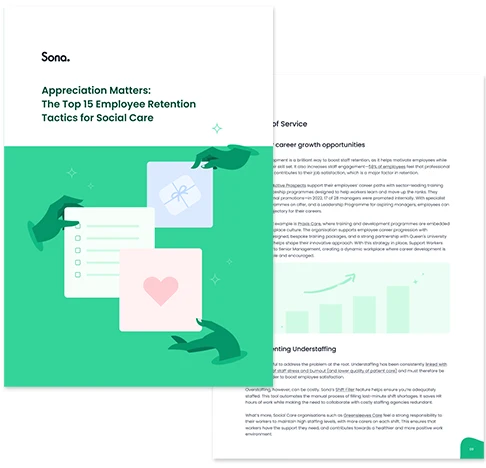
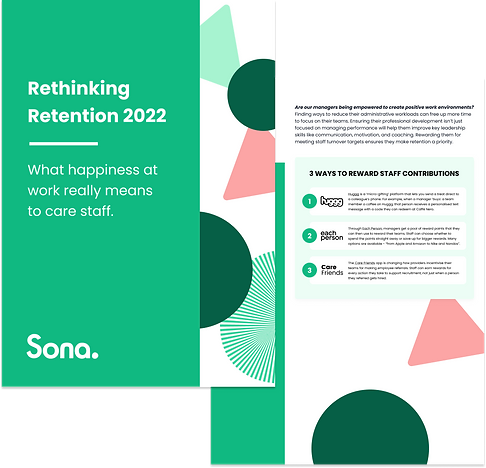
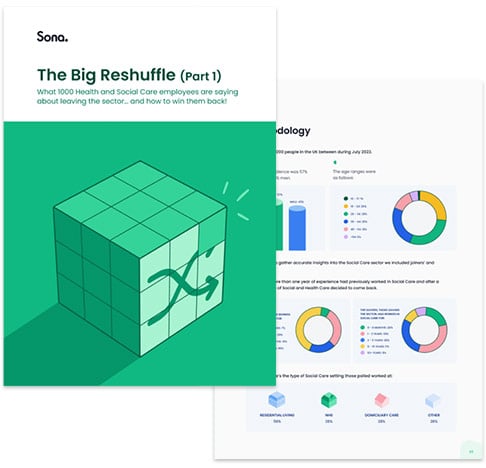
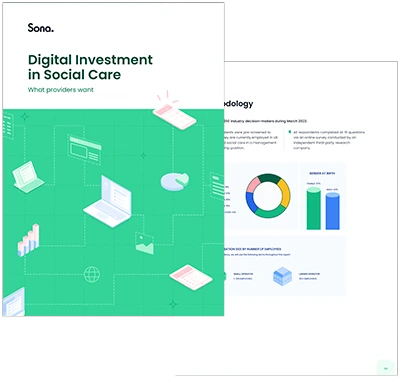
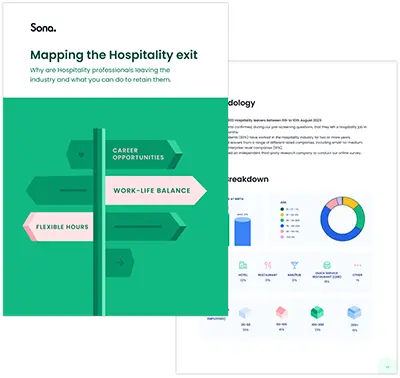

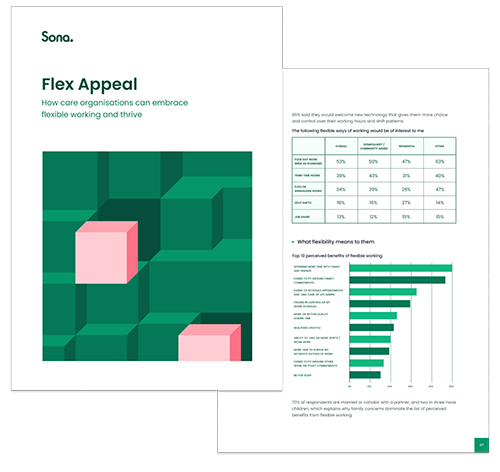
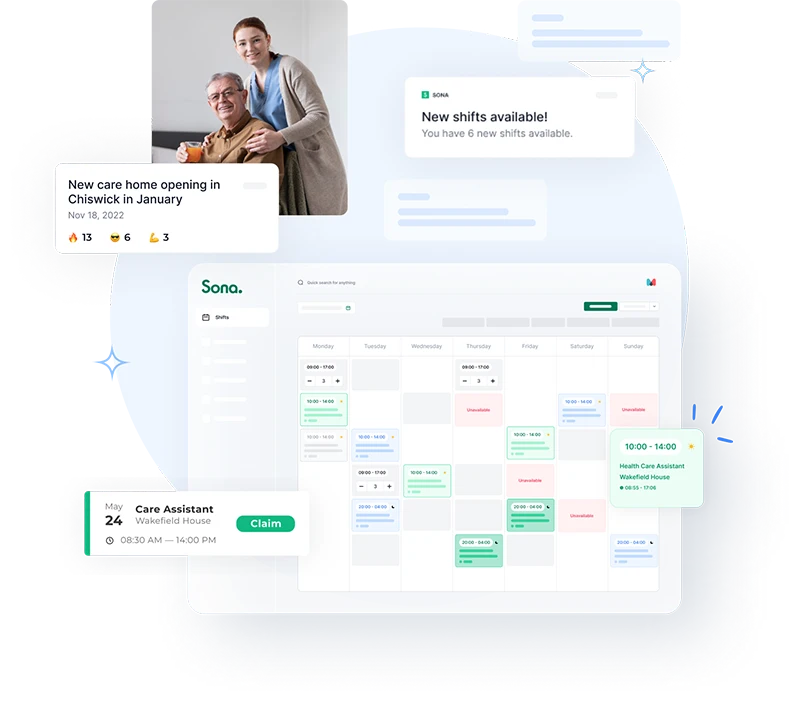
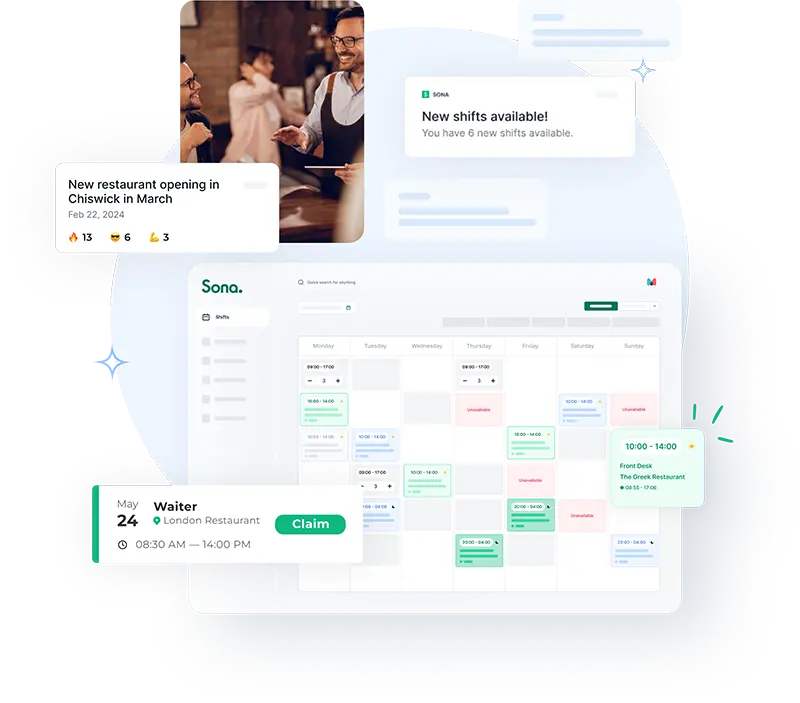

.webp)
